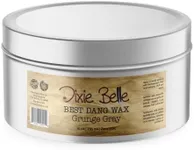Buying Guide for the Best Oil Based Fence Stains
Choosing the right oil-based fence stain can significantly enhance the appearance and longevity of your fence. The right stain will protect the wood from the elements, prevent rot, and keep it looking fresh for years. When selecting an oil-based fence stain, it's important to consider several key specifications to ensure you get the best product for your needs. Here are the key specs to look at and how to navigate them.OpacityOpacity refers to how much of the wood grain will be visible after applying the stain. This is important because it affects the final look of your fence. Stains come in different levels of opacity: transparent, semi-transparent, semi-solid, and solid. Transparent stains show the most wood grain and are ideal if you want a natural look. Semi-transparent stains offer a bit more color while still showing some grain. Semi-solid stains provide more coverage and color, hiding more of the wood grain. Solid stains act more like paint, covering the wood completely and hiding the grain. Choose based on how much of the wood's natural appearance you want to retain.
ColorThe color of the stain is crucial as it determines the final appearance of your fence. Oil-based stains come in a variety of colors, from natural wood tones to more vibrant hues. When choosing a color, consider the existing color of your fence, the surrounding environment, and your personal preference. Lighter colors can make a space feel larger and more open, while darker colors can add a sense of coziness and sophistication. Test a small area first to see how the color looks on your specific wood type.
DurabilityDurability refers to how well the stain will hold up over time against weather conditions, UV rays, and wear and tear. This is important because a more durable stain will require less frequent reapplication, saving you time and effort. Oil-based stains are generally more durable than water-based ones, providing better protection against moisture and UV damage. Look for stains that offer long-lasting protection and are specifically formulated for exterior use. Consider the climate in your area; if you experience harsh weather, opt for a stain with higher durability.
Drying TimeDrying time is the amount of time it takes for the stain to fully dry and cure. This is important because it affects how quickly you can use your fence after staining. Oil-based stains typically have longer drying times compared to water-based stains. Drying times can range from a few hours to a couple of days. If you need to use your fence soon after staining, choose a product with a shorter drying time. However, longer drying times can sometimes result in a more durable finish.
Ease of ApplicationEase of application refers to how simple it is to apply the stain to your fence. This is important because a product that is easy to apply will save you time and effort. Oil-based stains can be applied using brushes, rollers, or sprayers. Some stains are designed to be more user-friendly, with smoother application and fewer drips. If you are a DIY enthusiast or a beginner, look for stains that are labeled as easy to apply. Reading user reviews can also give you an idea of how easy a product is to work with.
MaintenanceMaintenance refers to how often you will need to reapply the stain to keep your fence looking its best. This is important because it affects the long-term upkeep of your fence. Oil-based stains generally require less frequent maintenance compared to water-based stains. However, all stains will eventually need reapplication. Check the manufacturer's recommendations for how often the stain should be reapplied. If you prefer low-maintenance options, choose a stain that offers longer-lasting protection and requires less frequent touch-ups.
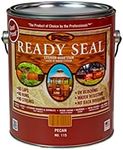
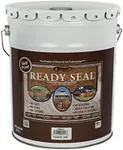
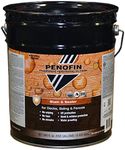
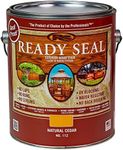

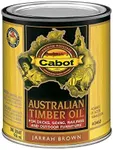
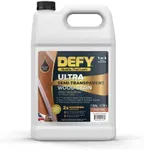
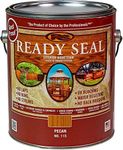


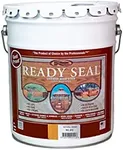



![Furniture Glaze - Antique Patina Special Effects Glaze for Chalk Style Furniture Paint, Eco-Friendly Wood Stain, 6 Color Choices - Tiger's Eye [Red Brown] - (4 oz)](https://images-proxy.bestreviews.guide/pyRIrBVyEFz_GqFv0bb1OcAgf0A=/0x150/https://m.media-amazon.com/images/I/41VtE3gL6yL._AC_CX679_.jpg)
